Mélusine and her various depictions were discussed in a previous post. At the time of writing that post I was not able to find more ancient sources.
However, after further research I think there is a connection with Artimpasa.
Due to both the name itself and the images seen in the Temple of Hadrian on Curetes Street in Ephesus, the city of the well-known Artemis, I cannot help but see an additional link with Artemis.
While Artimpasa can be seen on some artifacts in a fully human form, there are many depictions of Artimpasa that could be considered as "Mélusine-like."
It thus seems that the Anguipede (Snake-Legged) Goddesses probably originate from a very ancient source.
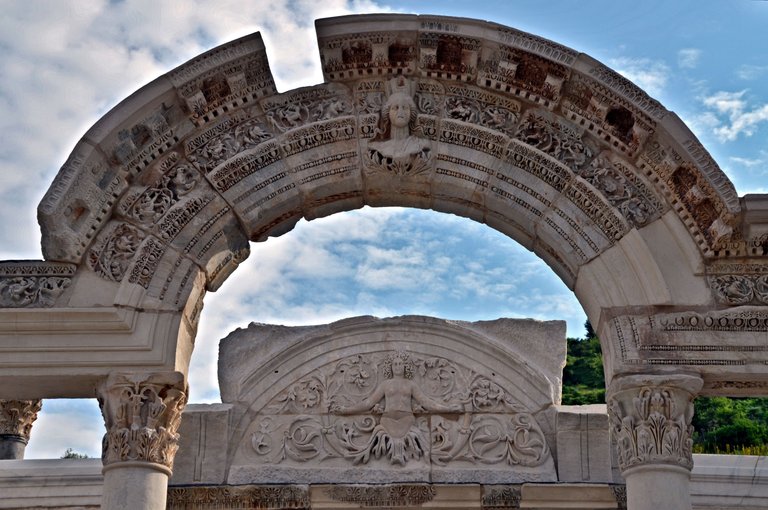
A view of the cella's tympanon of the Temple of Hadrian on Curetes Street, built before 138 AD by the asiarch P. Vedius Antoninus Sabinus, Ephesus, Turkey.

Temple of Hadrian on Curetes Street, Ephesus/Selçuk, Turkey (1962).
See this page for an artistic reconstructionof the temple: Temple of Hadrian and Reconstruction in Ephesus.
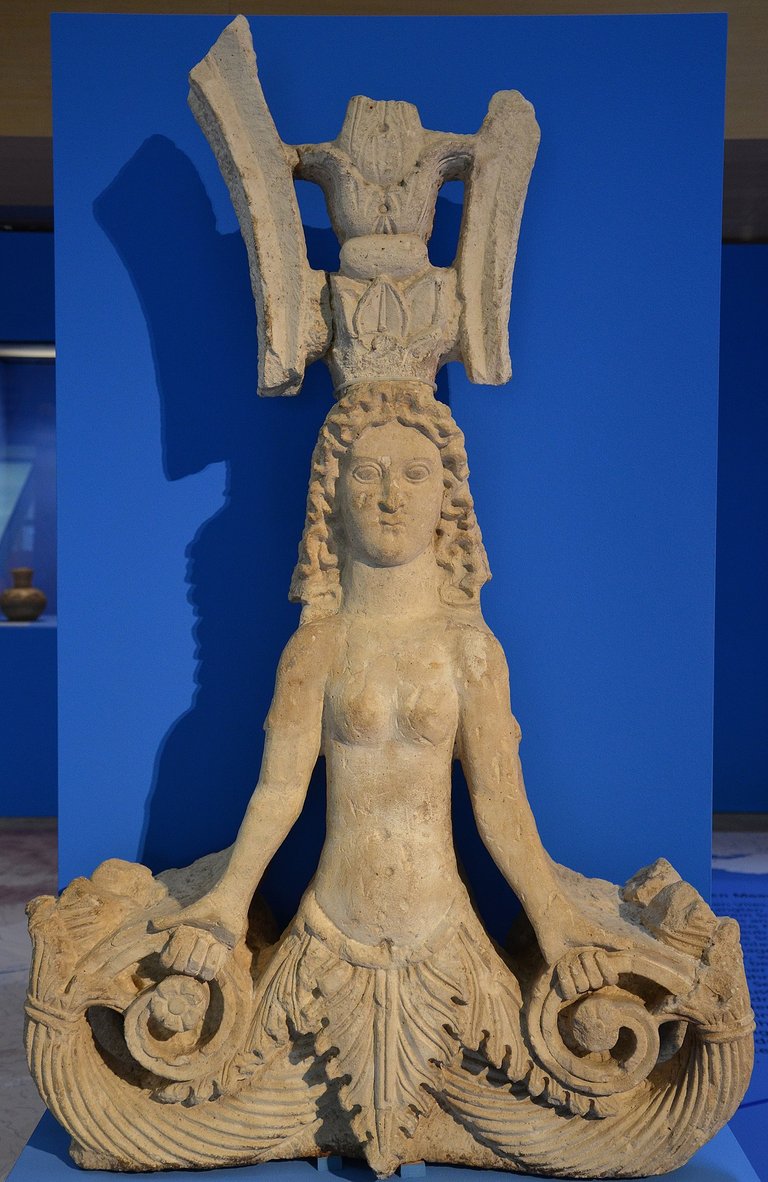
The Mixoparthenos (half-maiden), a hybrid creature from the Black Sea, limestone sculpture, 1st-2nd century AD, from Panticapaeum, Taurica (Crimea).

Kinsky nalobnik from the mound of Velikiy Tsymbalka.
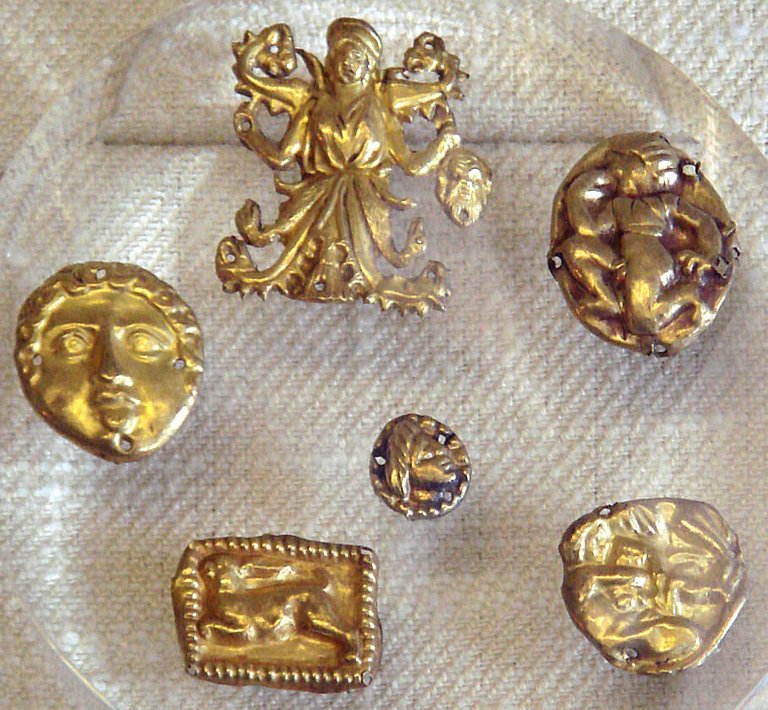
Snake-Legged Goddess from Kul-Oba Treasure.

Detail of the Karagodeuashkh (Карагодеуашх) kurgan headdress, showing Artimpasa (the Goddess) or her chief priestess surrounded by priestesses and a beardless masculine figure on the right holding a rhyton in front of the Goddess, probably an Enaree.
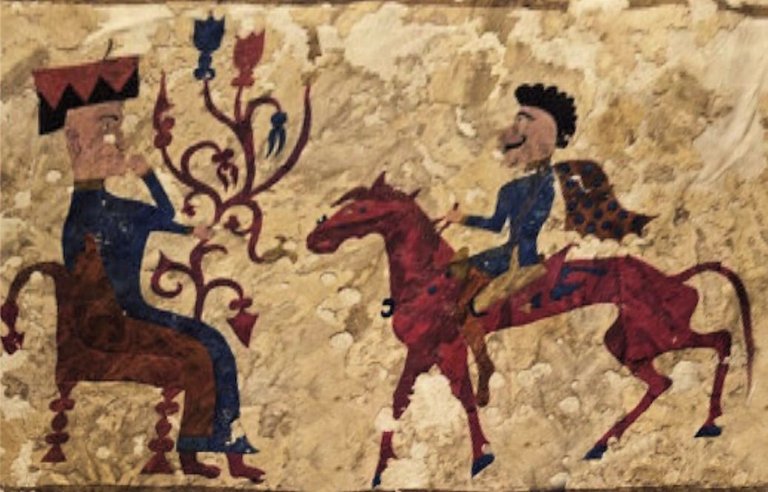
Decorated tapestry with a seated goddess (Artimpasa) and Scythian rider, Pazyryk Kurgan 5, Altai, Southern Russia c. 241 BCE.
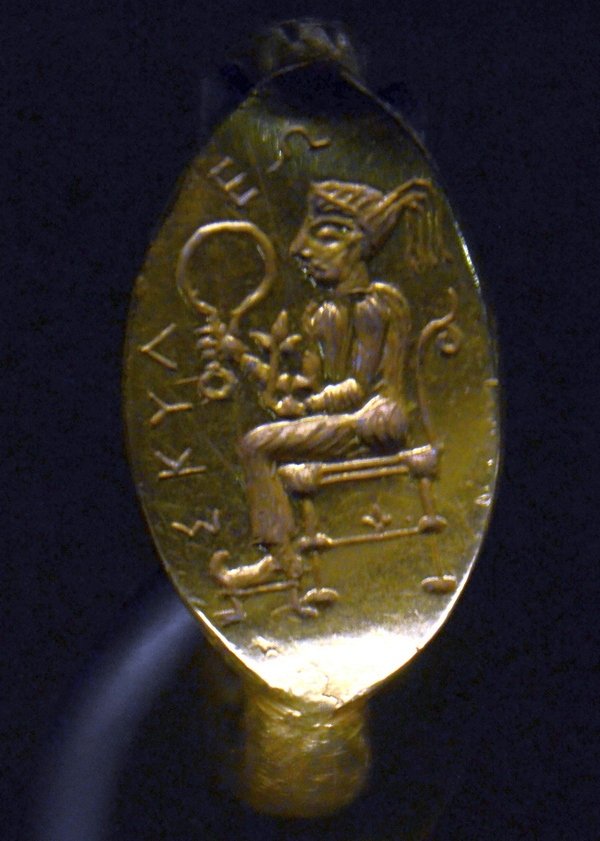
The bezel of the Ring of Scyles.
This documentary is a great overview of Scythia with information about Artimpasa --- SCYTHIAN GODS: The Religion of the Steppe Horse Lords // DOCUMENTARY
Note: I forgot to mention the link with Echidna.
Echidna - Parco dei Mostri - Bomarzo, Italy